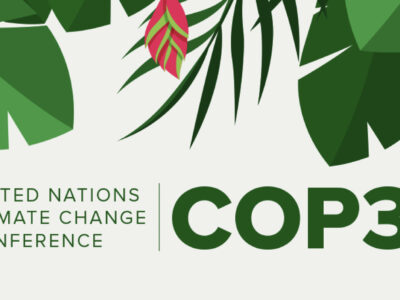Arctic summer sea ice is declining rapidly: a trend with enormous implications for global weather and climate. The multi-year Arctic Switchyard project, done in conjunction with the University of Washington and other institutions, is tracking the Arctic seascape all the way to the North Pole, and trying to distinguish the effects of natural climate variability from those of human-induced climate change.

Scientists flying from the Canadian military base at Alert, Ellesmere Island, land on the ice by helicopter or ski plane to drill holes, deploy instruments and retrieve water samples. They measure the water’s temperature, salt content and levels of dissolved oxygen, and natural and man-made trace substances. A major aim is to reveal how much fresh water is entering the system and where it is coming from (sea ice melt, river run-off, etc.). Freshwater exits the arctic and can alter ocean currents in the North Atlantic. Lamont staff include William Smethie, Ronny Friedrich, Dale Chayes, Richard Perry, Ryan Harris and Susan Becker (from Scripps Institution of Oceanography, San Diego).
During the upcoming weeks we will post our progress of this year’s field season. Keep up with our most recent posts on the Arctic Switchyard project page.



